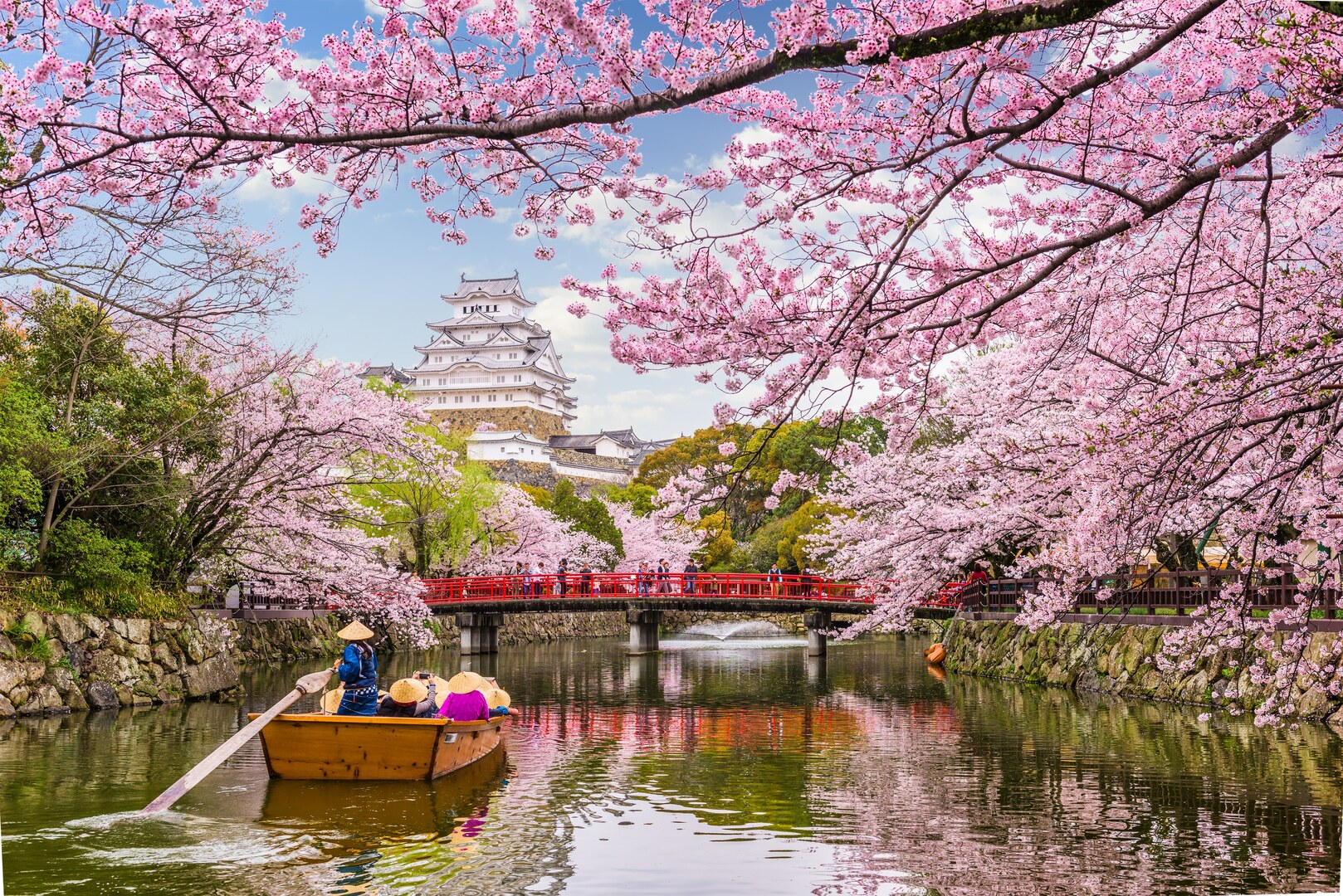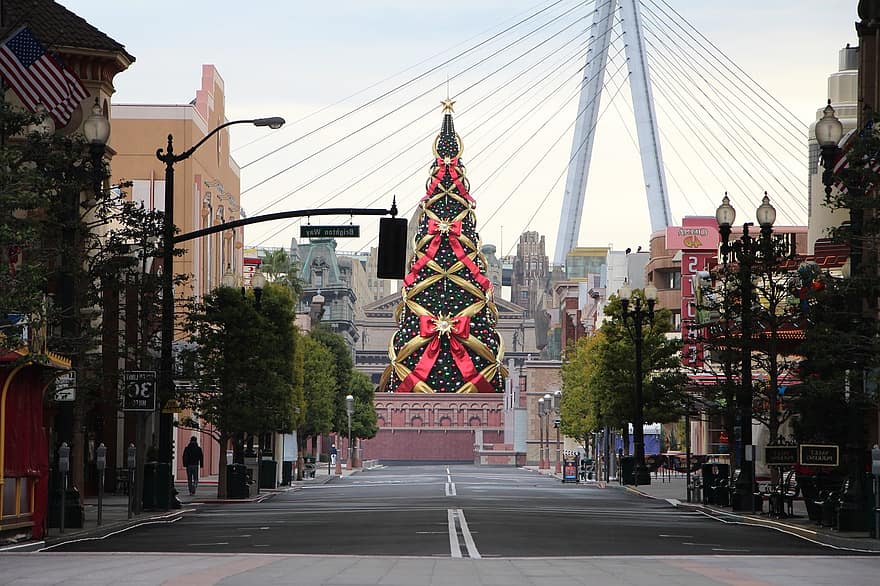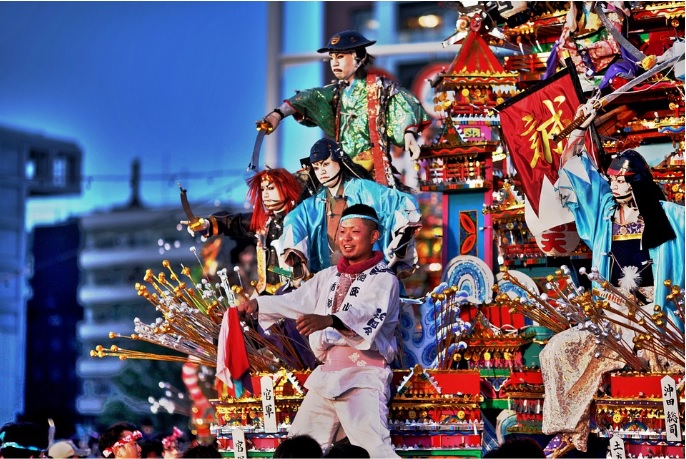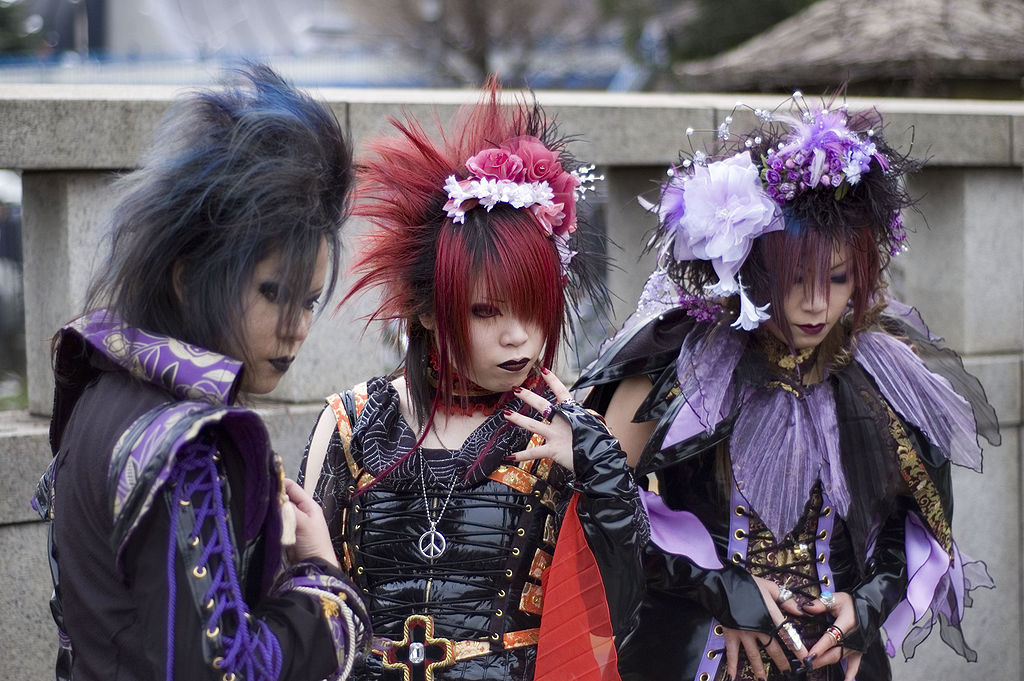
Most people associate Japan with cute and colorful bits and pieces of clothing. However, Japanese fashion is more than just the modern street fashion that has flourished the world recently. Through the years, Japan has transformed and deviated from its original Asian heritage into one of the most stylish places in the world.
Japanese Fashion in Historical Times
Nara Period (710 – 794)
In the Nara period, Japan was heavily influenced by China. Chinese architecture and art were emulated by the Japanese.
Along with this, Buddhism was brought onto its shores too. Because of this, clothing was also affected. Tarikubi robes were worn by women. This consisted of two parts: the upper part, which included a heavy jacket and a shawl, and a lower part that includes a skirt, an apron, and a belt.
Meanwhile, Agekubi robes were worn by men. Just like the Tarikubi robes, the Agekubi also had the same two parts.
Heian Period (794 – 1185)
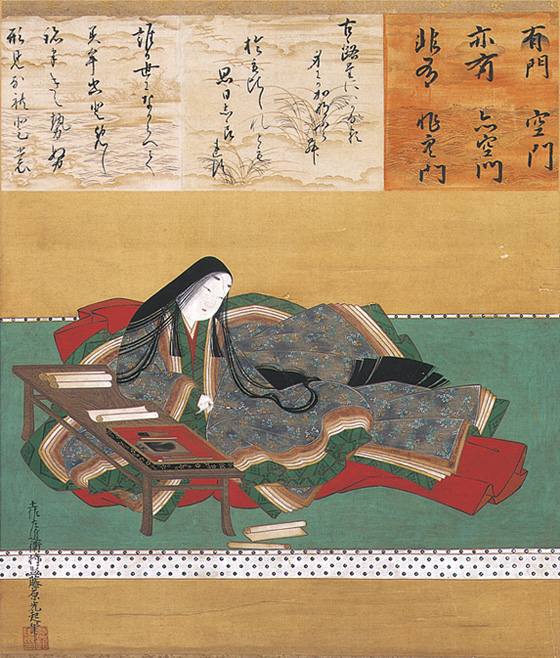
The Heian period saw the flourishing of arts and culture in Japan. During this time, layers and layers of robes were worn. This style is called the ni-hito or the twelve layers. To complete the look, women also grew their hair as long as possible and shaved off their eyebrows.
Edo Period (1603 – 1868)
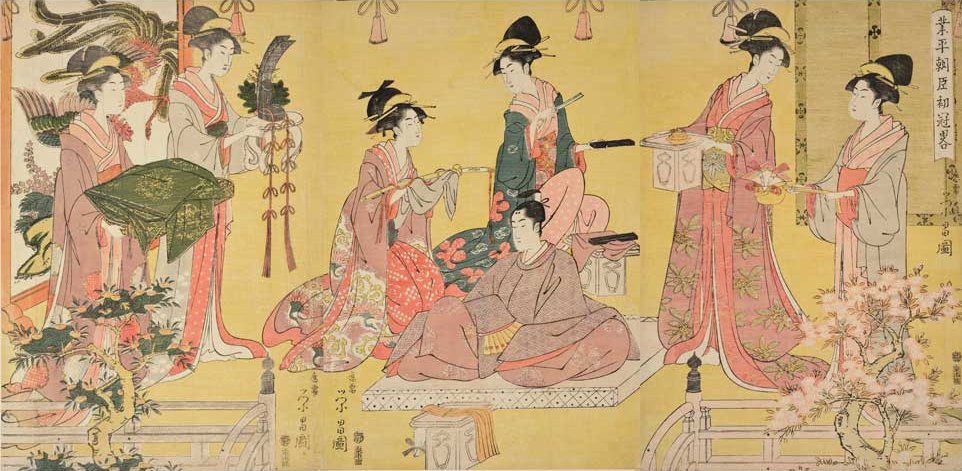
Stage actors played a vital role in the Edo period fashion. Men and women found inspiration in the kabuki costumes at the time. Popular for men was the kamishimo or a combination of a broad-shouldered vest and hakama. Meanwhile, kimono embroidered with opulent designs were popular for women.
Westernization of Japanese Fashion
Meiji Period (1868 – 1912)
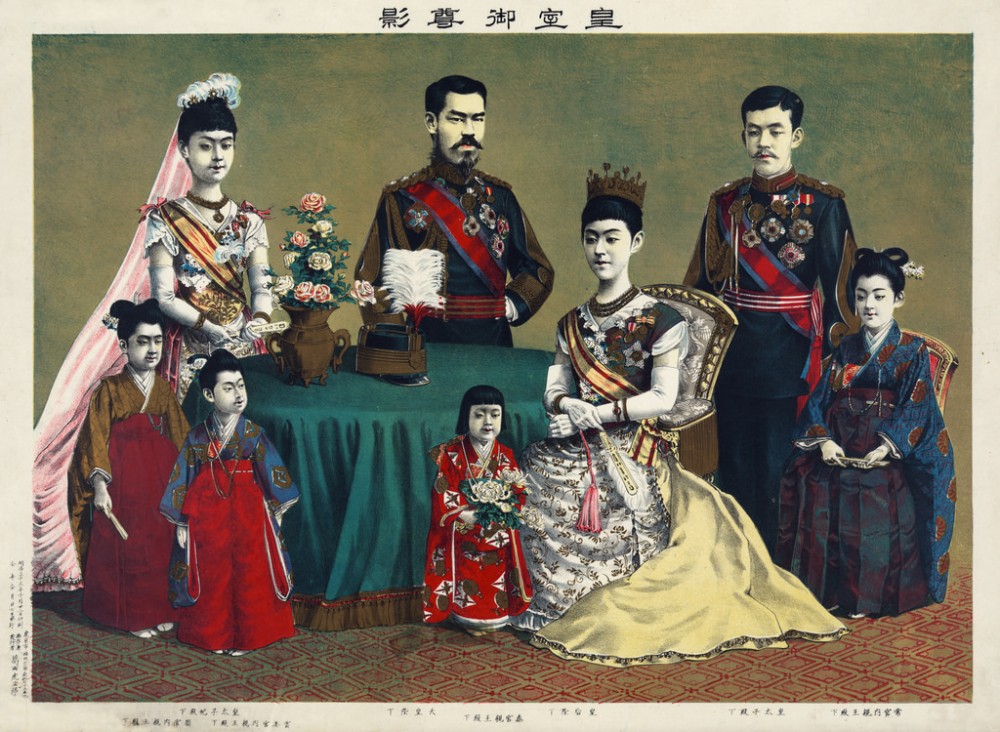
Photo by trialsanderrors. Licensed under Creative Commons.
In the Meiji period, Western-style uniforms were used by policemen, postmen, and the military. But the majority of the population still wore kimono. This mix can be seen in the photo of the Imperial Family above. As can be seen in the picture, the men are wearing Western-style uniforms while some of the children are still wearing traditional outfits.
Showa Period (1926 – 1989)
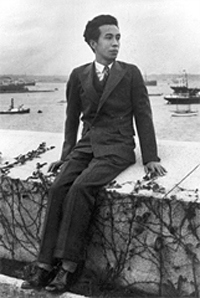
It was during the Showa Period when Western clothing started becoming the norm in Japan. Men’s apparel became Westernized, and the suit and tie became standard for employees. Meanwhile, ladies also began to wear Western clothes in their jobs and in the house.
Japanese Street Fashion Today
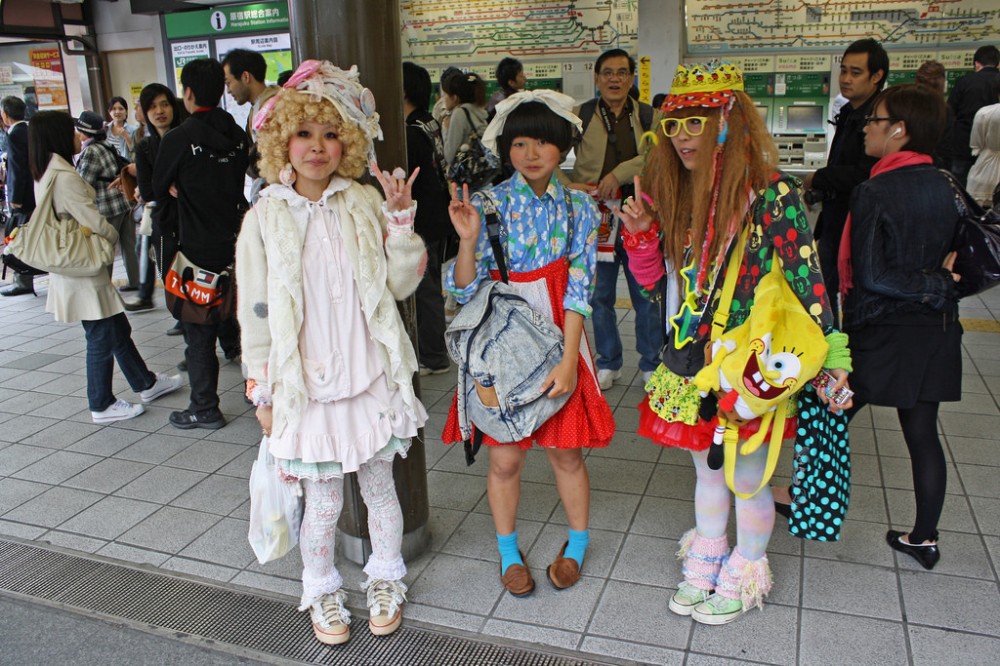
Photo by istolethetv. Licensed under Creative Commons.
As Japan opened itself to international trade more, it also became even more exposed to foreign influences. Kimonos are seldom worn for everyday wear, and are usually set aside for more formal occasions. Western-style clothing like jeans and t-shirts are now popular in Japan.
But what makes modern Japanese street fashion uniquely Japanese?
World renowned Japanese Fashion Brands
There are now numerous Japanese designers who are in the international fashion scene. Some of these include Issey Miyake and Kenzo. Meanwhile Uniqlo, a casual and more affordable brand of clothing, has already spread and opened branches worldwide.
Above is the video of Issey Miyake’s Autumn/Winter 2018 runway show.
Subcultures
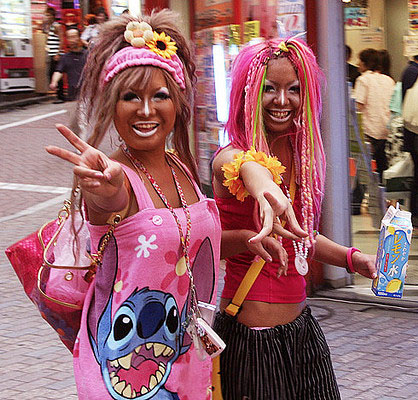
Photo by Chalky Lives. Licensed under Creative Commons.
An article on Japanese street fashion cannot be complete without mentioning subcultures. A subculture is a group of people who have different beliefs and practices than the larger culture they belong into. These beliefs and practices influence the members’ day to day fashion style.
Pictured above are Ganguro girls, who are easy to recognize due to their spray tan and bright hair and make-up. They also used false eyelashes and elaborate nail art. This style was started in the 1990’s by the rebellious youth who hated the traditional concept of Japanese beauty: pale-skinned and dark-haired.

Subcultures, and fashion designers may be the reason why Japanese street fashion has made a significant mark in the international fashion scene. But clothing pieces from the past such as the kimono still remains, just as new styles emerge from the creative minds of the talented Japanese designers. Through the centuries, Japan’s street fashion style became an evolution of the iconic fashion trends from the Land of the Rising Sun.
Sources:
